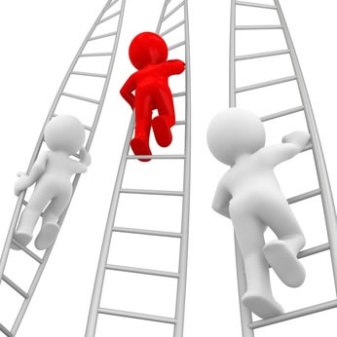Michelle Riley is Melbourne Water’s ‘Safe People and Culture Manager’. At the HASANZ 2018 conference, she took us on a journey explaining how MW has been working hard to move up the Hudson’s Safety Culture Ladder. As she described it, “We’re finally starting to let go, and let the lunatics run the asylum”.
What does Melbourne Water (MW) do?
MW is responsible for delivering Melbourne’s drinking water and removing wastewater. Their key focuses are keeping people safe, balancing their natural and man-made environment and supporting Melbourne’s economic growth.
What is Hudson’s Safety Culture Ladder?
Patrick Hudson believes you can develop your safety culture if you increase the information that you share with workers, the trust you invest in them and safety accountability. As these three indicators increase an organisation improves their safety culture and moves through five stages:
- Pathological: Shut up and don’t be stupid: Management believes accidents are caused by workers who are stupid, inattentive or wilfully negligent. All the messages from ‘higher up’ have ‘and be safe’ tacked on to the end of them as an afterthought i.e. get the job done now….. and be safe.
- Reactive: We had a whoopsie and now we better do something: There has been an incident and safety has suddenly become a priority. This can be a temporary stage were the organisation slips back to pathological or moves forward to calculative.
- Calculative: If it moves we are going to measure it: Safety processes and systems are put into operation and people regularly ‘take a pulse’ to make sure they are continuing to happen. There are consequences if people aren’t following these processes.
- Proactive: We plan safe: Teams use planning processes and systems to anticipate safety problems before they arise and people begin to proactively manage safety issues.
- Generative: Safety is part of how we do businesses. Safety awareness has permeated the ecosystem, it’s pandemic and part of all operational phases….’The lunatics are running the asylum.’
How do you make Hudson’s Safety Culture Ladder work in the real world?
The challenge with Hudson’s model is that you can’t take your eye off the ball. This is where Safety II comes in and the need to focus on what is going right. Riley talked about the Stockdale Paradox/ Theory where teams need to be brutally honest AND optimistic at the same time.
Vice Admiral James Stockdale was the highest-ranking prisoner of war during the Vietnam conflict. He survived days in solitary confinement by making a realistic assessment of what was going on and then working out how he could make the situation better. Such as setting up a communication system (tapping on cell walls) so he retained his social connection and a sense of hope.
What are some examples from Melbourne Water?
Riley discussed how generative safety means doing all of the following:
Generative Markers
- Really caring about safety
- Company providing care for injured
- Setting safety expectations and holding people accountable
Proactive Markers
- Hazard reporting
- Taking a holistic approach to who causes accidents
- Fairness
Calculative
- Investigations
- Planning and managing risk
- Site safety procedures
- Communicating safety issues
How the company manages incidents, such as a worker falling into a confined space during a cleaning process is an example of how their safety culture has evolved. “Everyone owns their piece of cheese,” says Riley. Everyone that had anything to do with said tank got involved in the incident investigation. In this case, it included the teams that designed, installed and maintained the tank that the worker fell into.
This investigation found that yes, a pully in the rigging system did fail. AND, the reason why the tank was scheduled to be cleaned because debris kept getting caught in ladders inside the tank. However, the ladders had been removed, so the maintenance schedule was out of date (a much richer narrative than ‘use a different pulley system’).
Some other safety initiatives at MW are:
- After hours first aid training for workers and their families
- Voluntary relationship and communication training for workers and their families
- Family days, where people can come to work and see what people do at work
- Free physio, even for injuries that happened on the weekend
- Safety Christmas Song competition
Your Challenge for the Week
- Work out where your organisation is on Hudson’s Ladder.
- Think of one strategy you could do to move your team up the ladder
- Let me know if you have anything to add in regards to Hudson’s Safety Culture Ladder or proactive safety initiatives that are going on in your world.
Have a safe and productive week,
Best,
SB
